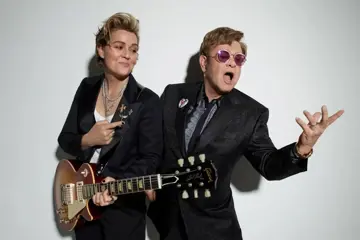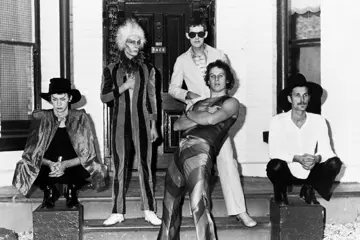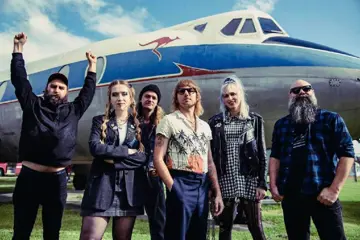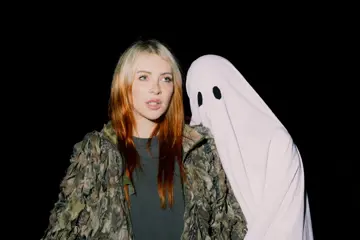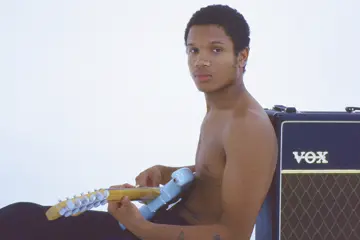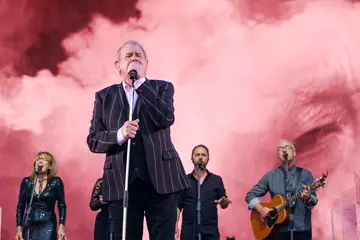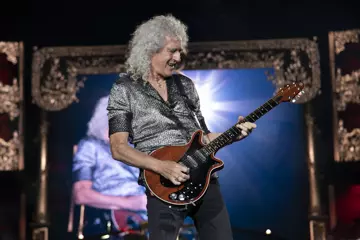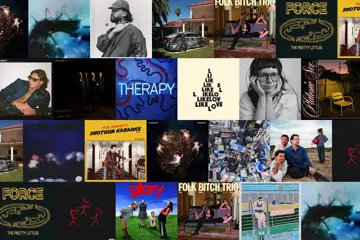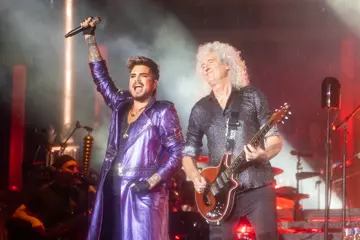First Nations people and their communities are still feeling the horrific ramifications of a post-colonial Australia. For centuries, white systems of power have forcibly shaken up, redefined and eroded the multiplicity of First Nations identities and cultures, often rupturing their connection to their land, languages and families. But what happens when those traumatised and oppressed by these intergenerational effects reclaim their past? Can art provide new ways of seeing history and confronting the present? And what is the role of the filmmaker in documenting these tensions when the dichotomy between Western and First Nations systems continues to be difficult to reconcile today?
At this year’s Sydney Film Festival, the next generation of First Nations writers and directors take history into their own hands as part of an anthology of short horror films titled Dark Place. Grappling with the challenging questions posed by post-colonial First Nations history, five filmmakers play with the unsettling conventions of the fantasy and horror genre, bursting with splattering blood and intestine-level gore. Such elements are on full display in one of the anthology’s shorts, Killer Native, a film that reimagines the classic zombie flick as an infected First Nations ghoul takes revenge on white invaders. For writer-director Bjorn Stewart, it was an idea that had begun brewing in his mind 15 years prior. The theatrics of the genre, he thinks, was the perfect way to tell his story.
“I really got into zombie films when I was young, like 28 Days Later, 28 Weeks Later and Dawn Of The Dead. And I thought, ‘How cool would it be to see smallpox zombies coming back and attacking colonisers and settlers?’ Stewart says. “I think horror is a very visual genre, and the stakes are all there. It’s life or death. And it makes you feel immediately on the spot with what’s going on because you’re filled by fear.”

Bjorn Stewart
Indeed, between the wild fusion of period drama, horror and comedy (drawing from Stewart’s background acting in ABC’s Black Comedy), it’s certainly no ordinary horror film. Centring on a white man’s ‘settlement’ on First Nations country in the pre-First Fleet era, it’s stuffed with silly and funny dialogue that lampoons his principal character's bumbling personality – as he dismisses his pregnant wife’s growing suspicions that they don’t belong on the land. Stewart cites Australian period plays and contemporary shows, like The Secret River, as the inspiration for that character’s struggle as “the hard-done-by dinky-di Aussie”: “I wanted a character who doesn’t grow and refuses to evolve with the land or tries and connects with people. He brings what he knows from his world, and won’t shift from that,” Stewart explains.
Don't miss a beat with our FREE daily newsletter
Though his film begins in comedic fashion, it quickly turns into a more serious skewering of white male ignorance, fitted with gruesome consequences alluding to the Stolen Generations and the First Nations payback system. “I wanted to build on [this man’s] small-mindedness and this one view of looking at things. By his own hands, he’s destroyed his family, his life and he’s taken everything from himself,” he says.
“I think there’s horrors in our own histories that we haven’t quite addressed yet."
While making Killer Native gave Stewart an opportunity to take fanciful ownership of a history that had traditionally excluded him and his people, he acknowledges the very contemporary resonances of his period film: “I think there’s horrors in our own histories that we haven’t quite addressed yet. When you start to pull back things, the things in reality that have happened are a lot more horrific than what you are going to find in a schlocky horror script.”
Director Maya Newell’s latest documentary feature, In My Blood It Runs, sheds light on these realities, exposing an educational system that disadvantages First Nations children. Filmed over three years and made through her longstanding decade-long relationship with the Arrernte people of Alice Springs, the film follows Dujuan Hoosan, a 10-year-old Traditional Healer who speaks three languages as he struggles to fit into a Western school environment. At one point, Dujuan receives his school report marked with Es and ‘Satisfactory’ results and asks: “There’s something wrong with me?”
Although Newell’s project initially started off as an exploration of First Nations education systems, she was surprised to find that over time there was more to it than what meets the eye: “I wanted to make a film about the education systems that exist outside the school gates… and how the system misses these children,” she says. “But what I realised is that Western culture likes to separate the education system, the criminal justice system and the child protection system. When you walk with a child, you realise how interconnected the structural racism and the systems of disadvantage are.”

Maya Newell
The documentary knits these layers together, threading archival footage of historical calls for cultural assimilation with the recent Four Corners report and 2016 Royal Commission into juvenile justice in the Northern Territory, which brought to light the shocking incarceration statistics and treatment of First Nations kids in detention. “I think the conservative approach to juvenile justice and the educational system is that we often point the finger at parents,” Newell says.
She quotes Margaret Kemarre Turner, one of their film’s core advisors and an important Arrernte Elder: “They’re always telling our families to get our kids ready for school, but why don’t they make our schools ready for our children?”
It’s a weighty question that sits at the core of the film, which was crafted alongside a team of collaborators, including Hoosan himself and his family. Newell and her producers – in recognising the frequent misappropriation of First Nations peoples’ stories – felt it was particularly important that they “created a structure of power and control for those represented, so they had a say in how their story was told”.
And empowering children’s voices in documentary filmmaking to “speak truth to power” is a familiar topic for Newell, whose last feature Gayby Baby made national headlines in 2015 when it was banned from schools. “I think we rarely give children the platform to share their perspective of the world. But children often have a lot to teach adults because they see the world with clear morality, which is a quality that is often complicated by maturity,” she says. “So it has been a delight to walk by Dujuan’s side, and to share his wisdoms with the world. I think he has a lot to teach Australia.”

